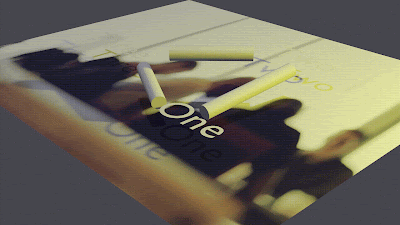I thought of learning about different aspects of Pakistan,
as I want to do something for it. Therefore, I started with some of the well-known
indices or reports that would help me in gaining more information about Strength,
Weakness, Opportunity, Threat (SWOT). These were 12 posts. You can search my
posts related to Pakistan by typing: #UsmanZafarParacha_Pakistan
Now, I have been learning about real estate business in
Pakistan. I have started from Youtube videos and hopefully during my learning
Journey, I will get some more useful resources to move ahead in this learning
and perhaps entering into the real estate business.
I have seen a video, titled, “Real Estate Investment in
Pakistan | Real Estate Secrets Exposed | Analysis | June 2024” on the channel “CDB
PROPERTIES”.
The host of the video discusses about three pillars in the
real estate business. One of the pillars is seller side, one is the buyer side,
and most important is real estate consultant. On the seller side, it is
considered that whether seller wants to hold the property or the seller wants
to sale the property with profit. A real estate consultant assures the proper
fulfillment of dealing. Real estate consultants advise about the best time to
sale or purchase a property. They also tells about everything, such as charges
or taxes, etc, so that the seller may not find it difficult to deal with the
situation.
Follow my Hashtag #behtareenkitalaash on Youtube: https://www.youtube.com/hashtag/behtareenkitalaash
Sources:
CDB PROPERTIES - https://www.youtube.com/watch?v=-hA4mQSWyVQ






